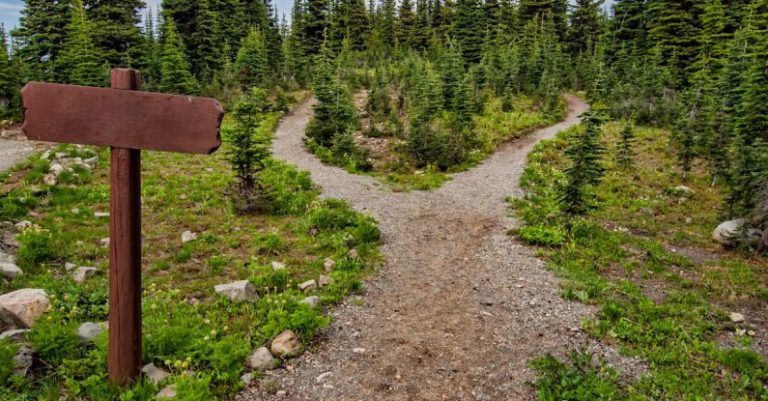
**Exploring the Rich History of the Australian Outback**
The Australian Outback, a vast and rugged region that covers most of the Australian continent, is steeped in history and cultural significance. This remote and arid landscape has long captivated the imagination of people around the world with its unique flora and fauna, ancient rock formations, and rich indigenous heritage. To truly appreciate the Outback, one must delve into its fascinating history, which dates back thousands of years.
**Indigenous Roots**
The history of the Australian Outback begins with the indigenous peoples who have inhabited the land for over 50,000 years. These diverse cultures and communities have a deep connection to the Outback, with intricate knowledge of the land and its resources. For indigenous Australians, the Outback is not just a physical landscape but a spiritual one as well, filled with sacred sites and stories that have been passed down through generations.
**European Exploration and Settlement**
The European exploration and settlement of the Australian Outback began in the late 18th century when British explorers first ventured into the interior of the continent. These intrepid explorers faced harsh conditions and vast distances as they sought to map and survey the Outback. The discovery of rich natural resources, such as gold and pastoral land, led to increased interest in the region, ultimately leading to the establishment of towns and settlements.
**The Gold Rush Era**
One of the most significant chapters in the history of the Australian Outback is the gold rush era of the 19th century. The discovery of gold in remote Outback areas such as Kalgoorlie and Broken Hill sparked a frenzy of prospecting and mining activity. Thousands of fortune seekers from around the world flocked to the Outback in search of riches, leading to the rapid growth of towns and the development of infrastructure such as railways and telegraph lines.
**The Outback Today**
Today, the Australian Outback continues to hold a special place in the hearts of Australians and visitors alike. While much of the region remains sparsely populated, it is home to thriving communities that have adapted to the challenges of living in such a remote environment. The Outback is also a popular destination for tourists seeking to experience its unique landscapes and wildlife, from the iconic red desert sands to the stunning rock formations of Uluru.
**Preserving the Outback’s Heritage**
As interest in the Australian Outback grows, efforts to preserve its heritage and protect its environment have become increasingly important. Indigenous communities play a crucial role in managing and protecting the land, drawing on their traditional knowledge and practices to ensure the sustainability of the Outback for future generations. Conservation efforts are also underway to safeguard the region’s unique ecosystems and wildlife.
**Embracing the Spirit of the Outback**
In conclusion, the history of the Australian Outback is a testament to the resilience and adaptability of the people who have called this vast landscape home for millennia. From the ancient indigenous cultures to the intrepid explorers and settlers, the Outback has a rich and diverse history that continues to shape its identity today. By embracing the spirit of the Outback and honoring its heritage, we can ensure that this extraordinary region remains a source of inspiration and wonder for generations to come.





